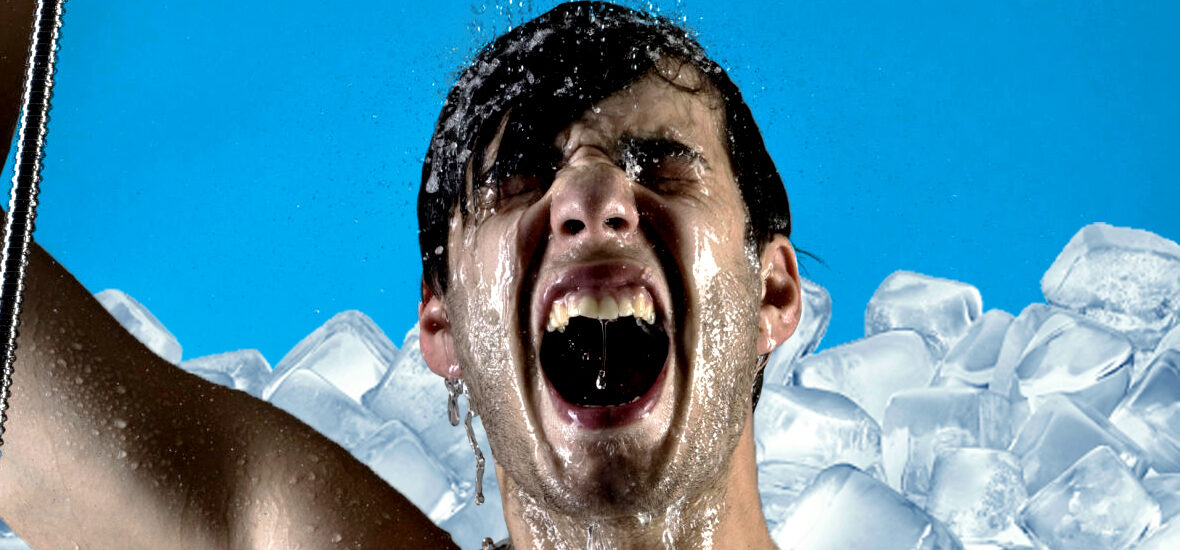


An ice bath is a cold water bath where you submerge your body, usually up to your chest, in water with ice cubes or ice packs for several minutes. Athletes often use ice baths to aid in muscle recovery after intense training or competition. Ice baths can also provide other health benefits, including reducing inflammation, increasing circulation, and improving overall well-being. In this article, we will cover everything you need to know about ice baths.
To take an ice bath, you will need a bathtub or large container that can hold enough water to submerge your body up to your chest. Fill the tub or container with cold water, then add ice cubes or ice packs until the water temperature drops to around 50-60°F (10-15°C). Some athletes prefer colder water, but it’s important not to go below 45°F (7°C) as this can be dangerous.

Slowly lower your body into the ice bath, keeping your arms and legs submerged for 10-15 minutes. You may experience discomfort or even pain during the first minute or two, but this will often subside as your body adjusts to the cold water. If you start shivering, it’s time to get out of the bath.
Ice baths have several benefits, particularly for athletes. They can help to reduce muscle soreness and inflammation, which can be caused by intense exercise. By decreasing inflammation, ice baths may also help to speed up the recovery process and prevent injuries.
Ice baths can also improve circulation by constricting blood vessels, which in turn can help to remove waste products and increase oxygen delivery to the muscles. This can lead to improved performance and reduced fatigue during subsequent workouts.
In addition, ice baths may help to improve overall well-being by reducing stress and promoting relaxation. They can also increase mental toughness and resilience by helping you to push through discomfort and overcome challenges.
While ice baths can be beneficial, they are not suitable for everyone. People with certain medical conditions, such as Raynaud’s disease or heart problems, should avoid ice baths. Pregnant women and children should also avoid ice baths.
It’s important to listen to your body during an ice bath and to not stay in the water for too long. If you start to feel lightheaded or dizzy, it’s time to get out of the bath. It’s also important to warm up slowly after an ice bath to avoid shock to your system.
Ice baths can be a powerful tool for athletes and anyone looking to improve their physical and mental well-being. By reducing inflammation, improving circulation, and promoting relaxation, ice baths can help to speed up recovery, improve performance, and increase resilience. However, it’s important to take precautions and to listen to your body during an ice bath to avoid any potential risks or discomfort.
Read Also:
Cold Shower Benefits: Why You Should Try One Today